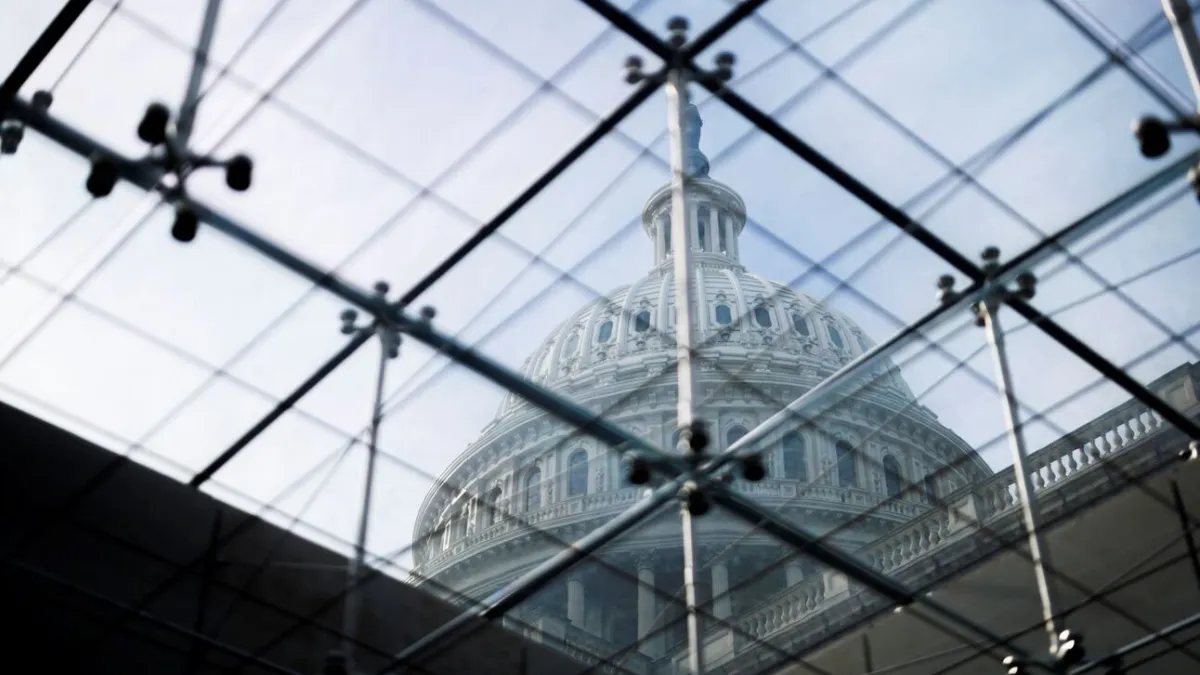
The reconciliation bill containing much of President Trump’s agenda would provide a significant tax cut for high-income households, but low-income groups would receive far less of a boost and in some cases actually see their tax burden increase, according to new distributional analyses released by the Joint Committee on Taxation (see here and here).
The distributional effects vary from year to year, but overall, the bill, passed with only Republican support in the House and currently under consideration in the Senate, provides the biggest tax cuts to people at the top of the income ladder. In 2027, for example, 58.8% of all taxpayers would receive a tax cut worth more than $500. But that proportion rises to more than 90% for households earning between $150,000 and $1 million per year, while only 2.2% of those earning $15,000 would see a tax cut that large, and only 17.9% of those earning between $15,000 and $30,000.
In terms of dollar value, the tax bill would provide huge tax cuts at the top and much less at the bottom. According to an analysis by the Urban-Brooking Tax Policy Center, the average tax cut for those earning $35,000 or less would be $160, while those earning between $67,000 and $119,000 would get a tax cut of $1,850. Those making between $460,000 and $1.1 million would get a $21,000 tax cut, and those making $5 million and up (the top 0.1%) would get tax cuts of almost $300,000 in 2026.
As the economist Justin Wolfers points out, the total value of the tax cut for the top 0.1% in 2027 is $48.9 billion. The poorest 40% of the population, on the other hand, will share a tax cut of $29.3 billion.
The numbers reflect both the way the tax cuts are skewed toward the wealthy and the way that income itself is skewed, with those at the bottom earning so little that they pay very little in federal income taxes, leaving little to cut or refund.
In some cases, those at the bottom of the income scale would actually see their tax burden increase as a result of the bill. As noted by economist Heather Long, those earning $30,000 or less will see their tax burdens rise in 2029, with those earning less than $15,000 seeing a 50.8% tax increase (see the chart below).
The Urban-Brooking Tax Policy Center analysis suggests that the reason for the surprising increase in the tax burden is the bill’s reduction of federal subsidies that help cover the cost of health insurance, which will reduce incomes in for some poorer households. Without the loss of those subsidies, most people earning $20,000 or less would see a tax cut worth about $40 on average.
